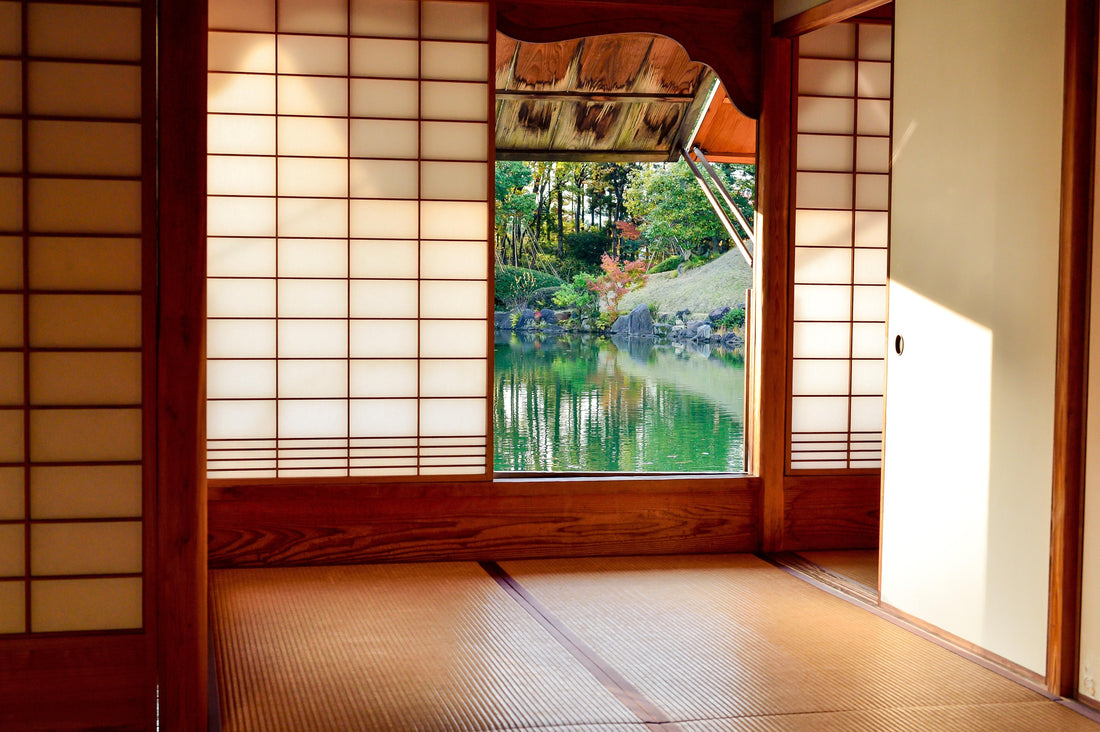
Bathing Culture in Japan
Share
Bathing Culture in Japan
For most people, showering is part of the daily routine. It’s an easy, convenient, and quick method of cleaning the body. For people who like a good shower, baths may be considered an unnecessary and impractical luxury because of the time, resources, and effort it takes to have a good bath. However, there are a lot of people and various cultures in the world that consider bathing as an important daily ritual.
For instance, for the Japanese culture, soaking in a bath is not only about cleansing the body. It’s also about relaxation, detoxification, stress relief, and mind and body purification.
Japanese Bath at Home
You might be interested to know how to do a proper Japanese bath to give you the maximum benefits for the mind and body. Here’s how you can enjoy baths the way the Japanese do in the comfort of their homes:
- Clean the bathtub and start pouring hot water. Very often, in most Japanese homes and apartments, there is hot water machine that is set up in the living room. It works with a press of a button. All you have to do is wait and when it's ready, the machine says the tub is ready along with some pleasant music.
- Most Japanese homes have a separate shower and bathtub. Before going in to the tub, Take a shower and clean your body, face and hair. For a family, the members share the same hot water in the tub, so it's important to clean yourself to keep the water as clean as possible.
- Soak in the hot bathtub for 10-15 minutes and relax.
Bathing in Public Japanese Bathhouses
Japanese natural hot springs and public bathhouses are also quite popular in Japan, with onsen and sento houses offering more than spacious shared bathtubs, but also some spa facilities that you can enjoy for maximum relaxation.
At the facilities, you will be given a Japan crate to put your personal items such as towel, shampoo, soaps, and hair tie. You will need to bring these things, as the facilities will not provide them for you.

Here are some important rules to remember when you find yourself in an onsen with your Japan crate.
- Before you get in the hot tub, you must clean your body, because people share the same hot water.
- You must keep your hair up so the hair does not get in the water.
- You should be considerate of others, so be sure to remain quiet even with your friends or family, so others can relax.
After the hot bath, you are encouraged to get in the cold tub. It is a healthy ritual to alternate the hot bath and cold shower to improve circulation. Much like cryotherapy, popular in the States, the contrasting bath temperatures in an onsen also provides health, immune system and skin benefits but with a much cheaper price.
When moving around every area of the public bathhouse, carry your Japan crate with you, so you have all your stuff ready next to you and you don’t leave anything behind. This also ensures the area you just vacated is immediately ready for the next person.
The traditional Japan crate found in the bath houses are made of Hinoki wood which are known for their attractive appeal and antibacterial properties.
Japanese Bathing Culture
The Japanese affiliation for soaking in long hot baths can be traced from the Japanese custom called Misogi, a Shinto process of purifying the body and spirit by sitting under a waterfall.
Most bath lovers in the world, not just the Japanese, can attest to the healing properties of a long soak in a hot bath including muscle relaxation, stress reduction, improved metabolism and skin rejuvenation, among others.
